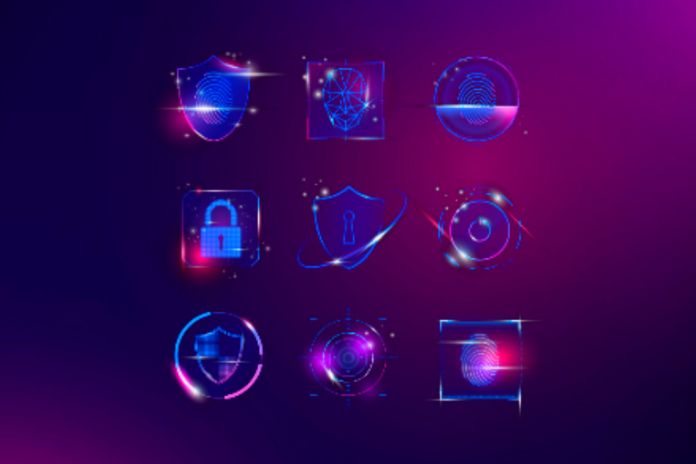Cybersecurity: On the first day of 2022, some companies suffered a large-scale computer attack. The following month, Vodafone was the target. The consequence was the stoppage of its network and the failure of many of its services.
Training, preparation, anticipation, resilience, and adaptability are necessary, and a team is prepared to face these obstacles. Organizations need to be aware and have brilliant knowledge about the most significant challenges of cybersecurity.
Firstly, it is essential that organizations are aware and informed about the evolutionary trend of this activity. According to the National Cybersecurity Center, in Portugal, there was a 30% growth in cases in 2021; by the end of 2022, this increase is expected to be even greater. Part of the challenge we currently face is a considerable diversity of types of cyberattacks. The best known is possibly phishing, in which users are tricked into sharing their personal information through malicious persuasion techniques. For this, messages are used via telephone or email, where hackers pose as known entities.
Ransomware tactics, linked to the request for financial ransoms in exchange for the return of private information or content, and malware, the act of creating harmful software intentionally, have also been affecting several businesses. Other types of cyber threats, such as Voice Phishing, Eavesdropping, or Denial-of-Service (DOS), should be considered.
Threats join these in the cloud. With the digital transition, companies increasingly allocate and store their data and information in the “cloud, ” including sensitive information and data about the business and its customers. The advantages of cloud storage, combined with its lower costs, have significantly increased its adoption and, with it, the corresponding security risks. The leading causes associated with attacks in the cloud are related to the lack of encryption, authentication, or an inadequate design of configurations, as most organizations are still learning to secure all aspects of their cloud infrastructure. These gaps pave the way for data breaches, unauthorized network access, insecure interfaces, or even third-party control of accounts.
Attacks on supply chains are also challenges that companies should be aware of, as they are increasingly common. With these attacks, hackers will target and attack an external provider as a way to gain access to the organizations it serves. From there, they can easily integrate the systems of the target organizations and compromise the business, leading to severe failures or even destruction. Increasingly, resilience in terms of cybersecurity will be a crucial decision factor when choosing business partners, with the implementation of preventive measures being generalized to all stages of the supply chains and with each employee.
Cyberattacks In IoT Context
Entering another type of attack, if the concept of IoT ( Internet of Things ) relates to the possibility of being able to interconnect several devices that are part of our daily lives through the internet and data communication, it is also true that this connection is prone to computer attacks. The vulnerability of these objects, which can be telephones, watches, computers, or even refrigerators, arises mainly from the lack of protection for the data transported between them. Their high number, geographic dispersion, and the fact that they operate on operating systems that are often outdated make these IoT devices increasingly a prime target for cyberattacks.
Finally, boosted by the pandemic, the remote and hybrid work models also opened the door to new challenges regarding the IT security of organizations. Organizations now have to work with VPNs, that is, virtual private networks, with access to servers from anywhere, requiring continuous work between cybersecurity teams and other employees. A correct VPN implementation helps to keep sensitive data safe, allowing you to configure access control, network segmentation, and different settings that can help prevent cyberattacks. However, infrastructure and tools alone are not enough; it is also necessary to educate its employees.
Everyone, without exception, must be alert, and it is urgent to promote cyber-education and the adaptability of all professionals in a continuous effort to strengthen resilience and IT security throughout the company.
Conclusion
Faced with these challenges, investing in cybersecurity resources and tools is an urgent need for most organizations. To accompany companies on this journey, Experis provides cybersecurity talent solutions and technological services that help protect businesses from potential attacks. This offer includes developing cyber intelligence reports and outsourcing cybersecurity professionals or the Managed SOC Services, with specialists who permanently perform the monitoring, identification, and treatment of cyber threats in organizations’ systems.
Also Read: How To Protect Your Company’s Cyber Attacks?

